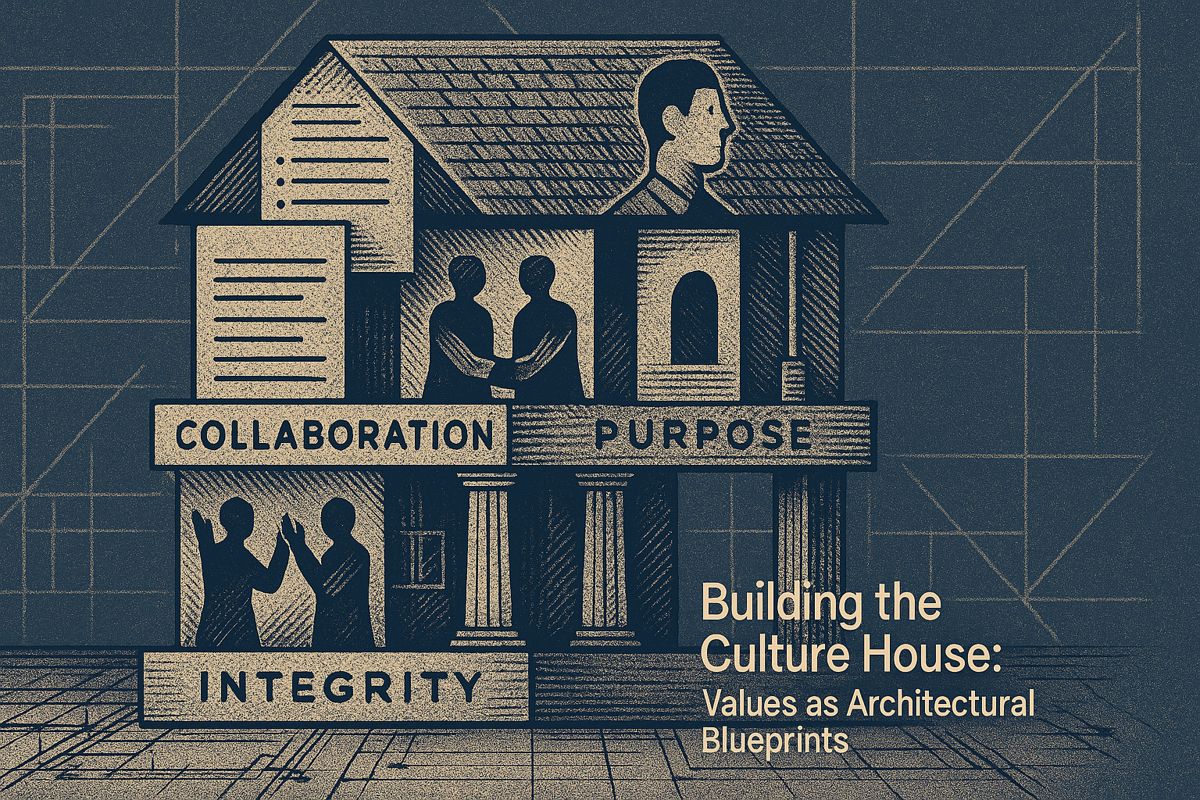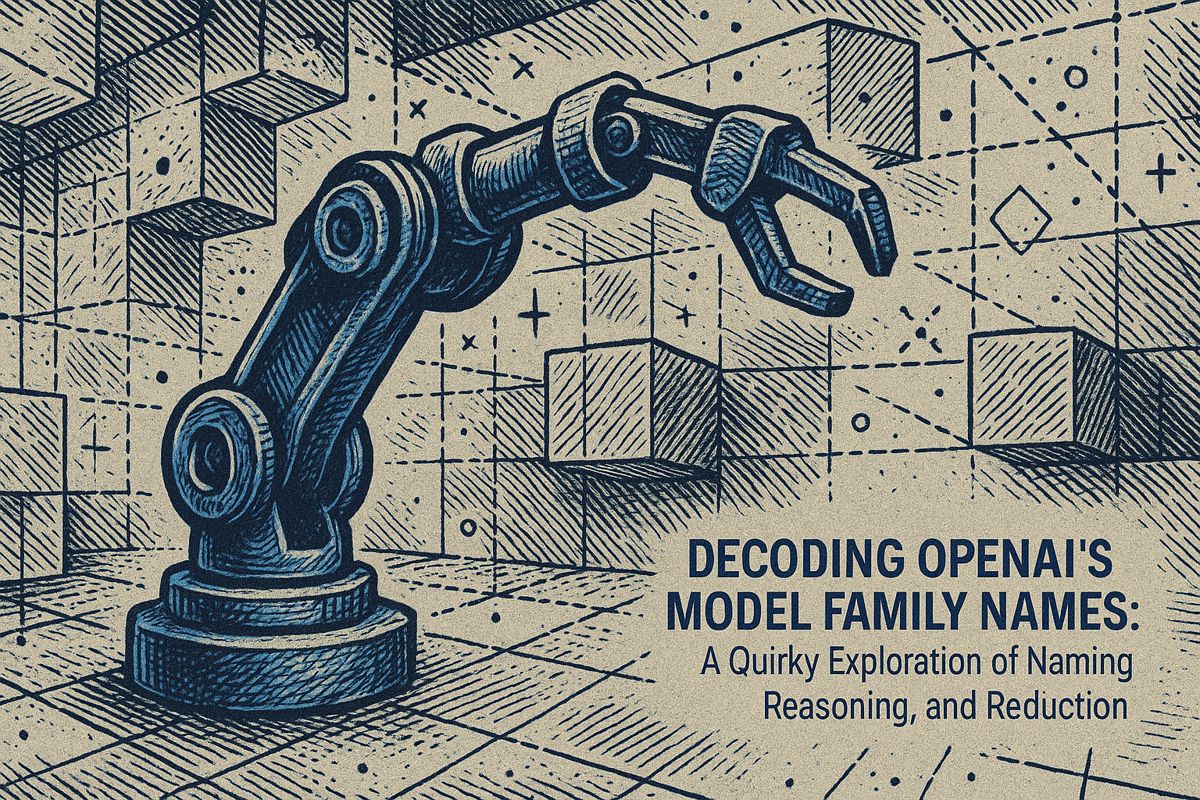A growing number of publishers expect audience heads to join the executive committee by 2026, signaling a major shift in newsroom leadership. Professionals who translate audience metrics into editorial strategy are now seen as top contenders for editor-in-chief. This trend redefines newsroom leadership, prioritizing data fluency, personal branding, and cross-functional expertise.
According to Dmitry Shishkin, an editorial advisor at Ringier, a seasoned audience lead with editorial training “could be a serious contender” for the top job, as he stated in a recent Digiday interview. He argues that the modern editor-in-chief must be a system designer who aligns product, commercial, and editorial goals around the reader, not a traditional gatekeeper. Ringier’s own restructure reflects this, integrating audience insight across all desks instead of isolating it as a support function.
Why Are Audience Specialists Becoming Newsroom Leaders?
Audience specialists are rising to leadership because they possess a unique blend of skills. They use data to understand reader behavior, build cross-departmental strategies, and have a holistic view of the content lifecycle, from SEO to product sprints. This gives them a forward-thinking perspective that traditional editors often lack.
Publishers need executives who can translate dashboard insights into actionable content strategies and A/B tests. This demand for data-savvy leaders is confirmed by Korn Ferry’s 2025 talent report, which sees communications chiefs hiring more analytics staff. The World Economic Forum also ranks data analysis and digital literacy as top media competencies. Audience heads are uniquely positioned, having cross-functional experience in SEO, social media, newsletters, and product development. This broad exposure to the entire content supply chain, as Shishkin notes, creates “rounded and forward-thinking” candidates.
The Strategic Value of a Personal Brand
Visible expertise is now a key factor in career advancement. A 2025 Human to Brand study highlights this, revealing that 44% of employers hired senior talent based on their public thought leadership, and 54% rejected applicants for a weak online presence. Audience development teams build these branding skills daily by crafting headlines, managing community engagement, and shaping a publication’s tone. This same expertise can be applied to build their own professional profiles. Furthermore, by sharing analytics insights and wins on social platforms, emerging leaders can build trust with both their teams and their readers, reinforcing an audience-centric culture.
Core Competencies for Future Editors-in-Chief
- Advanced Audience Analytics: Mastery of tools like Parse.ly or Google BigQuery to model user behavior.
- Data-Driven Commissioning: The ability to translate analytics into actionable content briefs for journalists.
- Cross-Functional Collaboration: Proven experience working with product, engineering, and revenue teams on shared goals.
- Authentic Personal Brand: A strong, public digital presence that reflects core editorial and leadership values.
Industry Trends: Audience Teams Gain Influence
This shift is already visible across the industry. Major publications like The New York Times and The Washington Post are integrating audience strategists directly into their editorial planning meetings, as noted in a recent INMA session. Although an audience expert has yet to take the top editorial job at these outlets, desk editors are increasingly evaluated on engagement metrics. Underscoring this trend, a survey by The Rebooting found that 68% of publishers expect audience heads to be on the executive committee by 2026. The report also noted a 31% year-over-year rise in job descriptions that require both editorial and audience growth skills. In a competitive job market, candidates with this dual expertise have a distinct advantage.



















